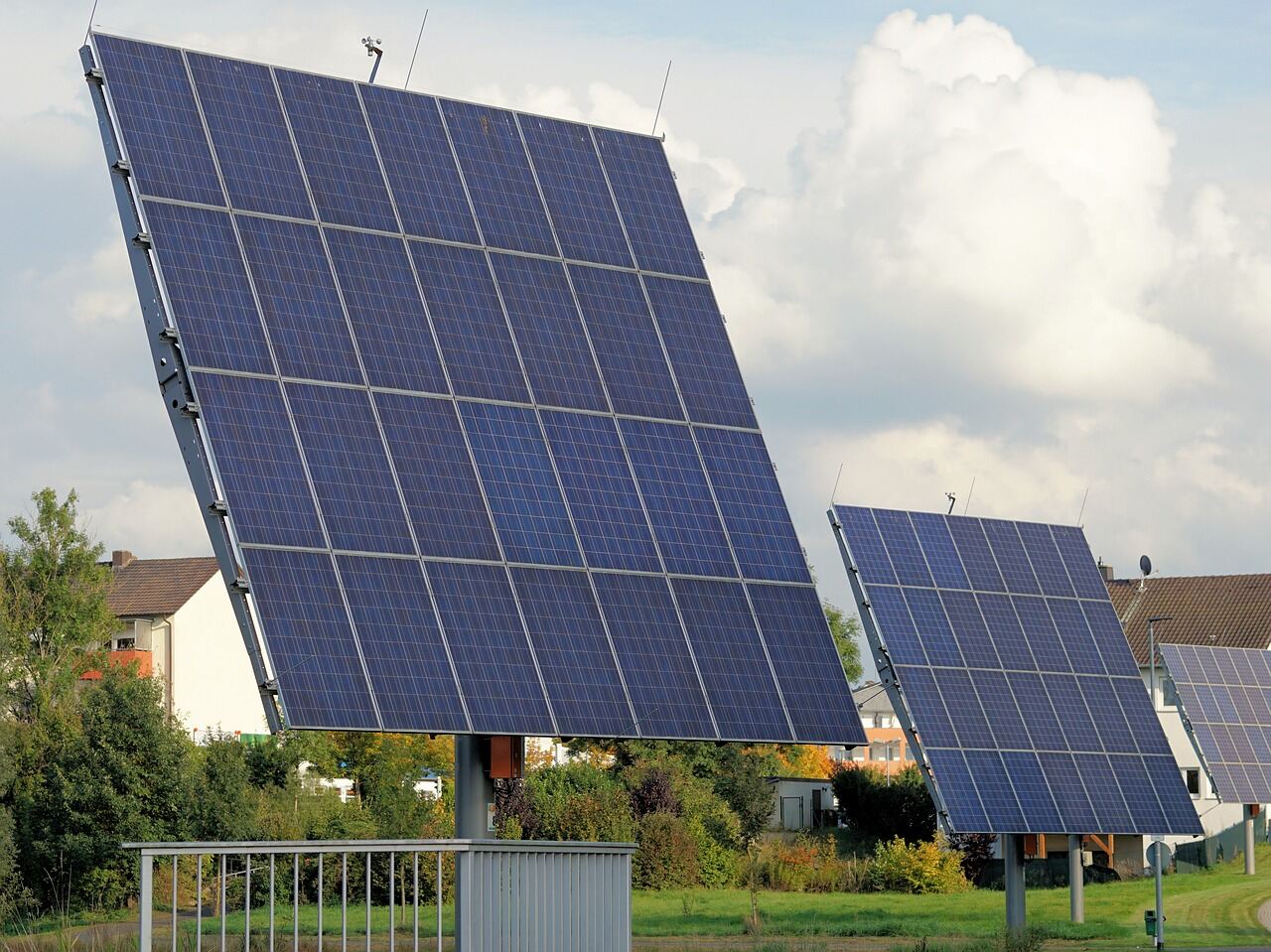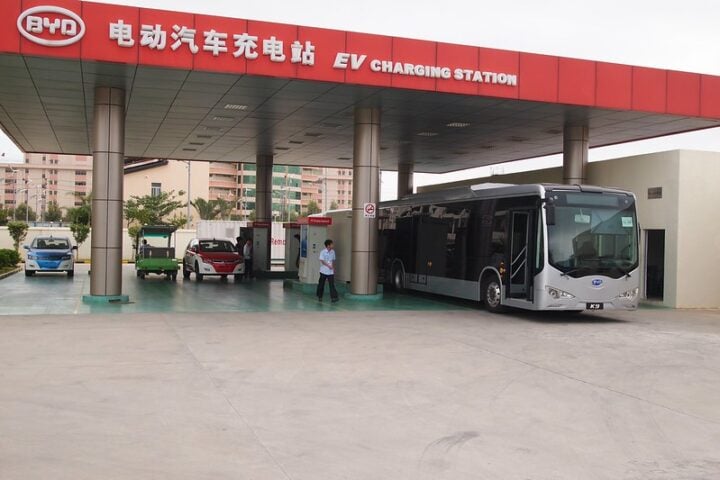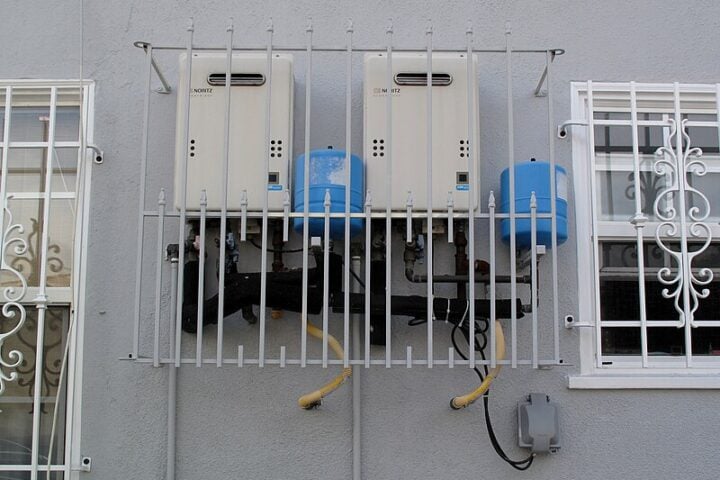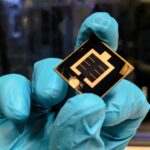Researchers have achieved a major advance in solar energy technology by developing perovskite solar cells that last nearly ten times longer than previous versions. This development could significantly change how we harness solar power in the future.
The Breakthrough Explained
The key innovation lies in how researchers tackled perovskite’s biggest weakness – its rapid breakdown when exposed to moisture and heat. Scientists from the University of Surrey, in collaboration with the National Physical Laboratory and the University of Sheffield, found that by adding aluminum oxide (Al₂O₃) nanoparticles during manufacturing, they could dramatically extend the cells’ lifespan.
“This research marks a crucial step toward developing high-performance solar cells capable of withstanding real-world conditions,” notes Dr. Imalka Jayawardena, Marcus Lee Lecturer.
Tests showed these improved cells maintained high performance for over 1,530 hours (more than two months) under extreme heat and humidity. That’s nearly ten times longer than standard perovskite cells, which typically last around 160 hours in similar conditions.

Why Perovskite Matters
Perovskite solar cells have been called the ‘holy grail’ of solar energy for good reasons:
- They’re lightweight and flexible, unlike rigid silicon panels
- They can be printed as a thin layer on various surfaces
- They work efficiently even in partial shade or at odd angles
- They’re potentially much cheaper to produce than silicon-based alternatives
The main problem has always been durability. Perovskite cells degrade quickly because moisture in the air triggers chemical reactions that cause iodine to leak out of the cells. This breakdown ruins their ability to generate electricity.
How The Fix Works
The research team’s solution works in two important ways:
- The aluminum oxide nanoparticles act as barriers that prevent moisture from causing iodine leakage
- These particles help create a more uniform and electrically conductive structure
Similar Posts:
This combination not only stops the degradation but actually improves how well the cells conduct electricity, making them more efficient. Further analysis revealed that the Al₂O₃ nanoparticles also formed a protective 2D perovskite layer, which acts as an additional barrier against moisture degradation.
Real-World Impact
If these improvements hold up in continued testing, perovskite cells could finally move from laboratories to widespread commercial use. Their flexibility means they could be applied to:
- Car surfaces for on-the-go charging
- Mobile phones and other portable devices
- Curved building surfaces where traditional panels won’t fit
The technology could make solar power both more affordable and more practical for everyday use, helping drive the transition to renewable energy.
“It’s incredibly exciting to see our approach make such an impact,” says Hashini Perera, lead author of the study and postgraduate research student at the University of Surrey’s Advanced Technology Institute. “A decade ago, the idea of perovskite solar cells lasting this long under real-world conditions seemed out of reach. With these improvements, we’re breaking new ground in stability and performance, bringing perovskite technology closer to becoming a mainstream energy solution.”
Researchers plan to continue testing to see if they can push the lifespan even further, potentially bringing perovskite closer to the decades-long durability of traditional silicon panels.
The Bigger Picture
This development addresses one of the major roadblocks that has kept perovskite technology from wider adoption. While impressive efficiency numbers have been achieved in labs for years, the short lifespan of these cells meant they weren’t practical for real-world installation.
Professor Ravi Silva, Director of the Advanced Technology Institute, emphasizes: “With the deadline for Net-Zero targets fast approaching, expanding access to renewable energy solutions is more critical than ever if we’re to successfully reduce our reliance on fossil fuels. Breakthroughs like this will play a vital role in meeting global energy demands while supporting our transition to a sustainable future.”
By solving the durability problem, researchers have cleared a significant hurdle on the path to next-generation solar technology that could help make clean energy more accessible and affordable worldwide.
Frequently Asked Questions
Perovskite solar cells are a new type of solar technology made from a class of materials with a specific crystal structure called perovskite. They’re important because they offer several advantages over traditional silicon solar panels: they’re potentially much cheaper to manufacture, lightweight, flexible, can be made semi-transparent, and can achieve high efficiency rates. Their development could revolutionize solar energy by making it more affordable and adaptable to various applications where traditional rigid panels cannot be used.
The main challenge limiting perovskite solar technology has been their poor stability and short lifespan. Perovskite cells degrade rapidly when exposed to moisture, heat, and light – conditions they would face in real-world applications. This degradation occurs primarily due to iodine leakage from the cell structure, which damages the material’s ability to generate electricity. While traditional silicon solar panels can last 25+ years, early perovskite cells would degrade significantly within days or weeks, making them impractical for commercial use despite their promising efficiency.
This new research solves the durability problem by incorporating aluminum oxide (Al₂O₃) nanoparticles into the perovskite structure. These nanoparticles serve multiple functions: they act as iodine traps that prevent the element from leaking out of the cells, they help create a more uniform perovskite structure with fewer defects, and they contribute to the formation of a protective 2D perovskite layer that shields against moisture intrusion. Through these mechanisms, the modified cells can maintain their performance for over 1,530 hours (more than two months) in harsh conditions – a tenfold improvement over standard perovskite cells.
Perovskite solar cells differ from traditional silicon panels in several key ways:
- Manufacturing: Perovskites can be solution-processed (essentially printed) at low temperatures, while silicon requires energy-intensive high-temperature processing.
- Physical properties: Perovskites are lightweight and flexible; silicon panels are rigid and heavy.
- Cost potential: Perovskites could be significantly cheaper to produce at scale.
- Efficiency: Lab efficiencies of perovskites have increased remarkably fast, with some now comparable to silicon.
- Durability: Silicon panels last 25+ years; perovskites have struggled with short lifespans, though this new research helps close that gap.
- Applications: Perovskites’ flexibility enables applications on curved surfaces, portable devices, and other places where rigid silicon panels can’t go.
With this breakthrough in stability, commercial applications of perovskite solar technology could arrive sooner than previously expected. Some companies are already working on early commercial applications, particularly for indoor use or specialized applications where longevity requirements aren’t as strict as rooftop installations. For mainstream applications like solar farms or rooftop panels, we might see the first commercial products within 3-5 years if further testing confirms the durability improvements and manufacturing processes can be scaled up. Some companies may also pursue perovskite-silicon tandem cells first (which combine both technologies) before moving to pure perovskite solutions.
Widespread adoption of perovskite solar technology could significantly accelerate progress toward renewable energy goals by:
- Lowering costs: Making solar energy more affordable could drive faster adoption across both developed and developing nations.
- Expanding applications: The flexibility and lightweight nature of perovskite cells would allow solar generation in places currently unsuitable for traditional panels.
- Reducing carbon footprint: The simpler manufacturing process requires less energy than silicon production, improving the overall carbon footprint of solar technology.
- Accelerating deployment: Easier installation of lightweight panels could speed up the transition from fossil fuels.
- Energy democratization: Lower-cost, adaptable solar technology could make clean energy more accessible in regions with limited infrastructure.
This technology could be particularly impactful for meeting ambitious net-zero targets that require rapid scaling of renewable energy capacity worldwide.



















